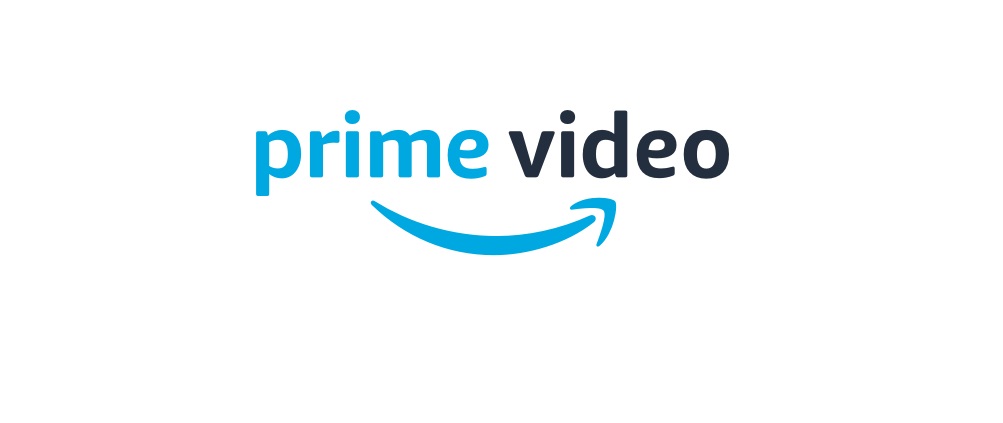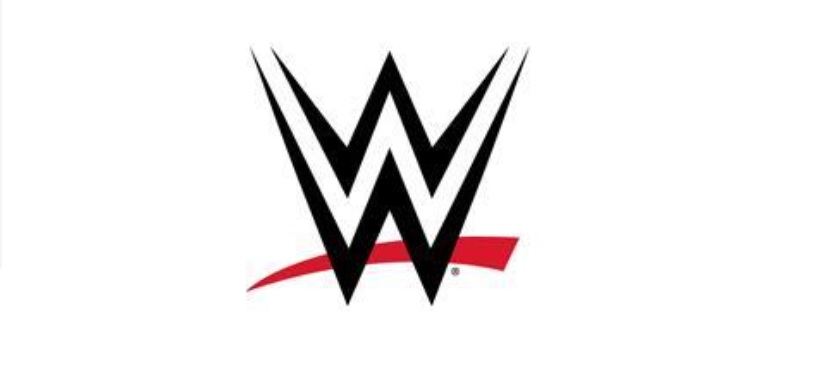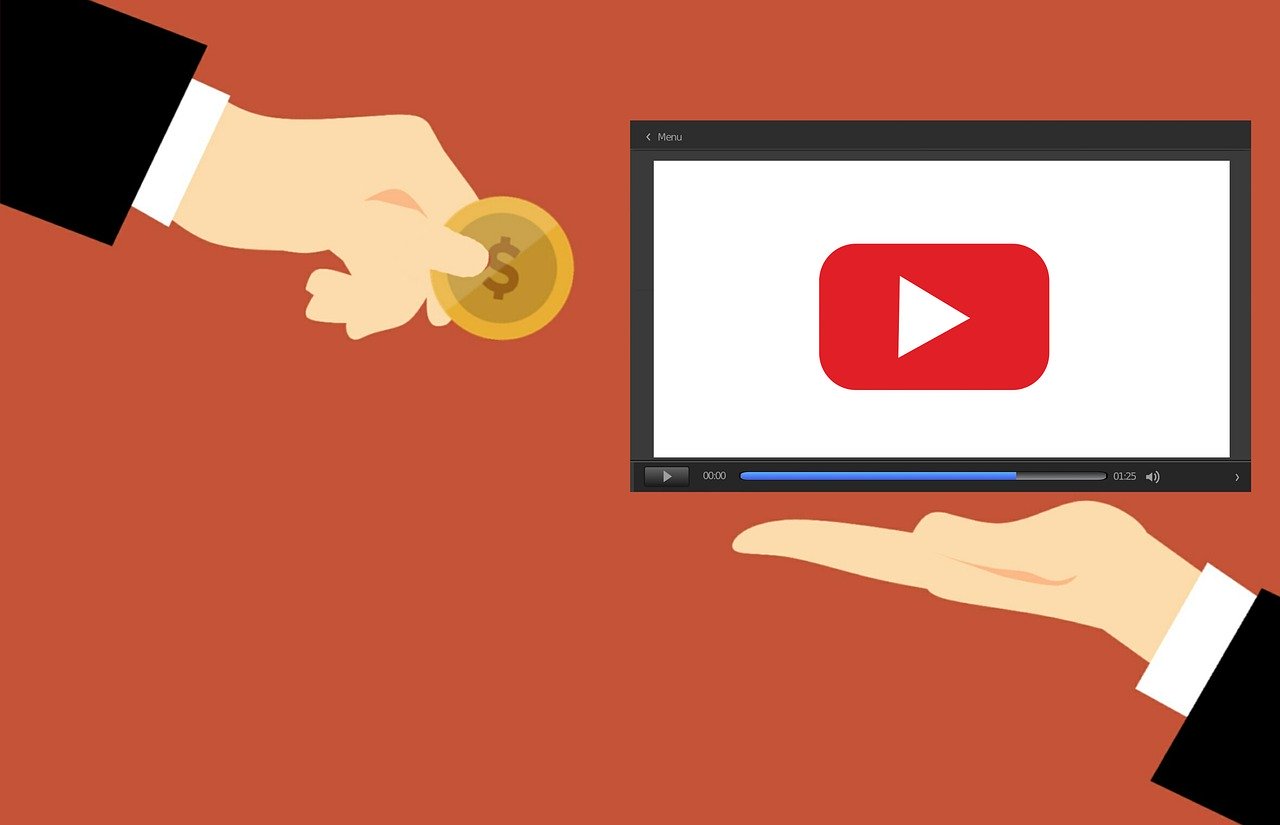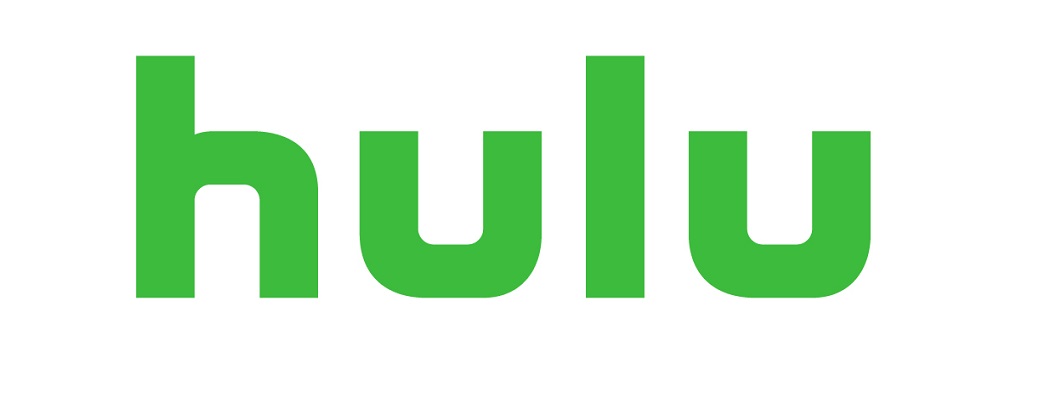The ad-free party is over at Amazon starting at the end of the month. Users can avoid the advertisements by paying another $2.99 per month. Happy New Year. Amazon has announced that it will begin to place advertisements on it premium video service by passively adding them to people’s existing Prime membership. The approach that Amazon is taking is a bit brazen compared to Netflix and Disney+. In the end all of the big streaming options are offering ad-free and ad-supported streaming options. Max, Netflix, Disney+ and Hulu already have ad-supported tiers, though it should be mentioned that Hulu had advertisements from its inception.
The difference between what Amazon is doing vs what Netflix, Disney+ and Max have done though is distinctive. The other premium services, like Prime Video, began as ad-free services. Over time as subscriber growth slowed they introduced ad-supported tiers. In the case of Netflix it offered a less expensive ad-supported tier and even coupled it with its campaign to stop sharing passwords. In essence it invited those who wanted to watch the service but not pay premium price a way to catch their shows and make up for the mooching by paying and giving Netflix more advertising revenue. To many critic’s surprise it worked with Netflix adding subscribers the second half of 2023. Disney+ and Max raised its prices for the ad-free version for all subscribers and offered an ad-supported tier for less. But Amazon is instead going to automatically make all of its subscribers ad-supported tier members with the option to upgrade to avoid them.
Why is Amazon doing going to start running advertisements on Prime?
Yes the first word out of most people’s mouths will be “greed”. And that is an easy call, but the truth is that unfortunately these companies don’t really exist in order to give us cheap movies and TV shows. This beings us to reason 1
- These companies exist to make their shareholders money.
And if company the makes less money than stock market annalists think they should, then the shareholders lose money. For those of us outside that bubble its sort of a lose lose scenario, but its the way every major publicly traded company works. Its complicated altogether but in laymen’s terms it works like this. If the consensus of stock market annalists think that Amazon or Nike, or Comcast or Sony ect, say that one of those companies will make 5 billion dollars over a 4 month period and instead it make 4.8 billion dollars then its considered a loss. And if there is a loss something has to be done to “fix” the problem. Therefore there are often a combination of layoffs and price hikes and other moves. These kinds of “missed projections” lead to the sky is falling type headlines like the ones we keep seeing about Disney. Trust me, they made plenty of money, even if a few major movies made less profit than they were expecting. But it didn’t make as much as it was expected so therefore people say Disney had a bad year. The stock market is like a parent with sky high expectations saying why did you make an A instead of an A+. - All of the companies actually want to have their customers pay for subscriptions and view advertisements.
The services that launched with both tiers available from the start typically find that people opt for the ad-supported version instead of doubling the price. $4.99 for Peacock verses $9.99 for Peacock ad-free. People have shown though their behavior that 5 dollars or more per month is a deterrent no matter how much they are willing to pay for coffee at Starbucks or Dunkin Donuts or organic tomatoes. When a company has a lot of viewers on ad-supported tiers it means they can sell those ads for more money. - Amazon thinks most of their customers won’t notice.
At its core, Amazon is not a streaming service. Its an online retailer. Have you noticed how rarely Amazon actually talks about its viewership numbers? Its main concern is how many people get Amazon Prime accounts after a show comes out because then they will likely start using Prime for more of their shopping. If they shop and never watch the streaming shows afterwards who cares. They are buying batteries, electronics, socks, toilet paper, spices, video games and so on. - Amazon thinks people will keep it anyway.
Amazon Prime has well over 100 million subscribers. And most of them are not there for The Boys or Miss Maisel. They are there for the convenience of not having to leave home and get things anyway. So how many Amazon customers do you think are going to start going out to the big box stores for everything and or pay for shipping on every purchase again? It’s not and has never been an actual rival to Netflix. Anymore than Oklahoma is rival to the NBA. Prime video started long after Amazon Prime existed for shipping, e-book perks and other things. Heck at our house its part of the budget. We have an Amazon credit card that builds up points with Amazon Prime that can be cashed in for purchases. You have no idea how many Christmas and birthday presents that has paid for. We use Amazon music every night to listen to rain sounds as we fall asleep, my wife uses a free twitch stream to watch Eeowna play cozy games. All of these things are part of Amazon Prime aside from Prime Video. I am sure that many of Amazon’s customers are in similar situations. So despite blowups you will see on Facebook, don’t expect to see mass cancelations of Amazon Prime memberships. Shoot there are tons of people who don’t even know there are TV shows to watch with Amazon. - Subscriber growth can’t go on forever.
Things get to a point where it evens out. When it comes to paying for content there is only so much people are going to buy into. And the result of multiple services raising prices has been that people are looking more closely at what they are spending to watch. There are problems like complications for International expansion. Amazon may be the king of the mountain in the US but elsewhere companies like Alibaba rule the roost when it comes to online stores for everything. - They must have learned something from Freevee.
Amazon has been offering ad-supported programming for some time now in the form of Freevee. Before that it was known as IMDB TV and again before that it was known as Free Drive. So the company which is also one of the biggest data hoarders on earth can tell weather people will watch programming with advertisements or not. I am not privy to their numbers. But they know what people watch. Freevee content has long been integrated into the Prime Video app and confused people who thought Amazon already put ads on their shows.
My guess is that if Amazon was primarily “see what I did there” a streaming service it would have approached this all differently. But what it is hoping to do is sell advertisers on the potential of it 100 million plus subscribers tuning into their ads along with selling them on their connected platforms and within the interfaces of their apps.
So here we are in the future of streaming TV. It looks a lot like the past, but there are still a lot more options and approaches then there were before. If the changes are going to affect your viewing habits or if they are not let us know what you think of it all bellow.






